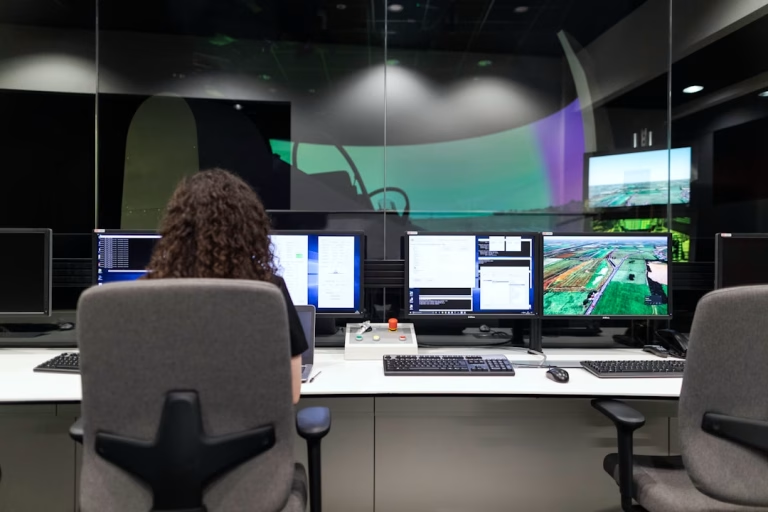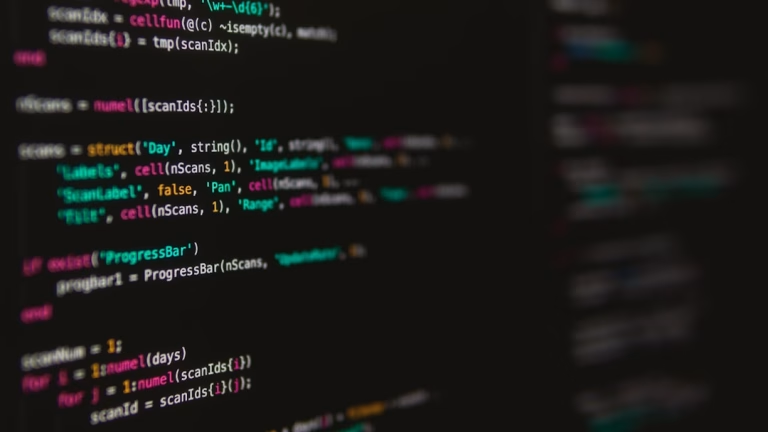Using Advanced Techniques in Lua Programming
Hey there, fellow programmers! You know, whenever I shuffle through the letters ‘L’, ‘U’, and ‘A’, an adventurous spirit engulfs me. Why, you wonder? Well, it’s all about diving into the world of Lua – an efficient, lightweight scripting language I’ve come to adore. So, let’s gear up and discover some advanced Lua programming techniques today, shall we?
Why Lua?
“Why Lua?”, people often ask me. The simplicity, the smooth learning curve, and its notable usage in game development are my immediate answers. But there’s more to it. Lua, despite its nugget size, accomplishes grand tasks without consuming much of the system resources. It’s like the loyal workhorse, silently getting the job done while not burdening the system. Lua.org elaborates more on this aspect.
Metatables: The Mighty Tool
One of the coolest things about Lua is the use of metatables. It’s like giving your dog a good training, after which he behaves not just as a loyal friend, but also as your mail fetcher, alarm clock, and what not! Metatables allow us to attach additional behavior to our tables—like traps for table events, or defining what happens when an operation is performed on a table. Think of everything you can do with that!
Coroutines: The Game Changer
Working with Lua, I found my workhorse (metatables) could actually metamorphose into a unicorn (coroutines)! Coroutines make multitasking a breeze. Instead of overwhelming your CPU with simultaneous tasks, you let tasks happen in intervals, in a way that they appear to be occurring concurrently. As if you’re juggling balls like a professional circus artist. Now, isn’t that a game changer?
Shading with Lua
Being a heavy gamer in my downtime, I just love the way Lua can be used for shader programming. I’ve twinkled stars in the night sky, splashed dynamic waves in an abysmal sea, and illuminated dungeons with flickering torches – all using Lua’s ability to paint with codes. This power can drastically change how games feel and look. If you haven’t tried it, take a look at this guide about shader programming.
Conclusion
Every day with Lua is a new adventure for me. These are just a few of the advanced Lua programming techniques I’ve encountered on my coding journey. Share some of your own experiences in the comments below! This way, we can continue learning from each other and keep the Lua spirit alive. Until next time, my fellow programmers!





